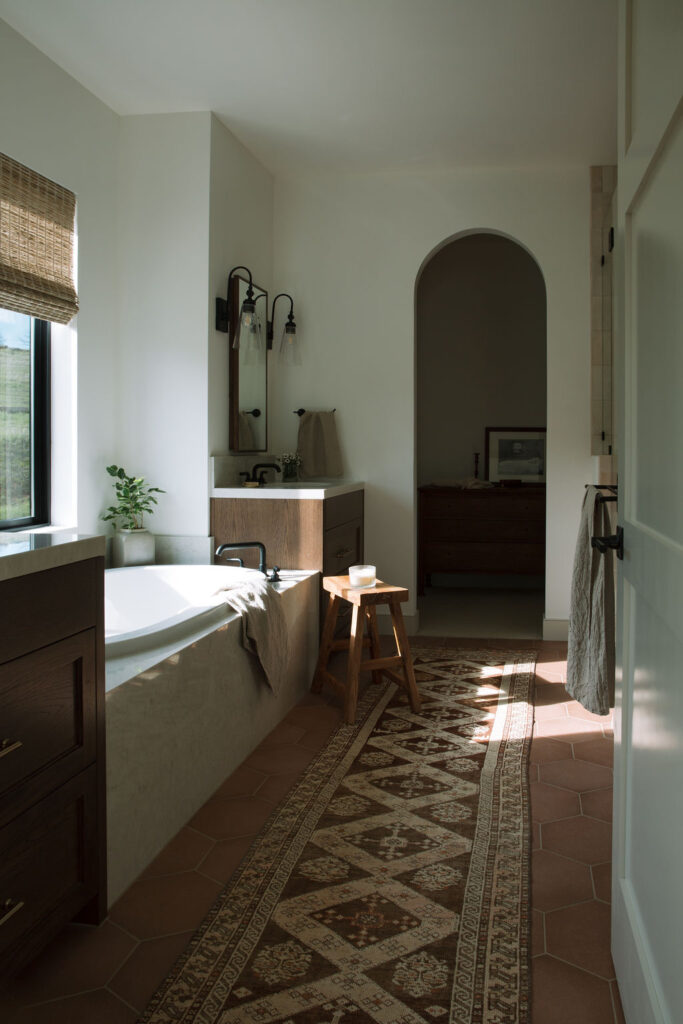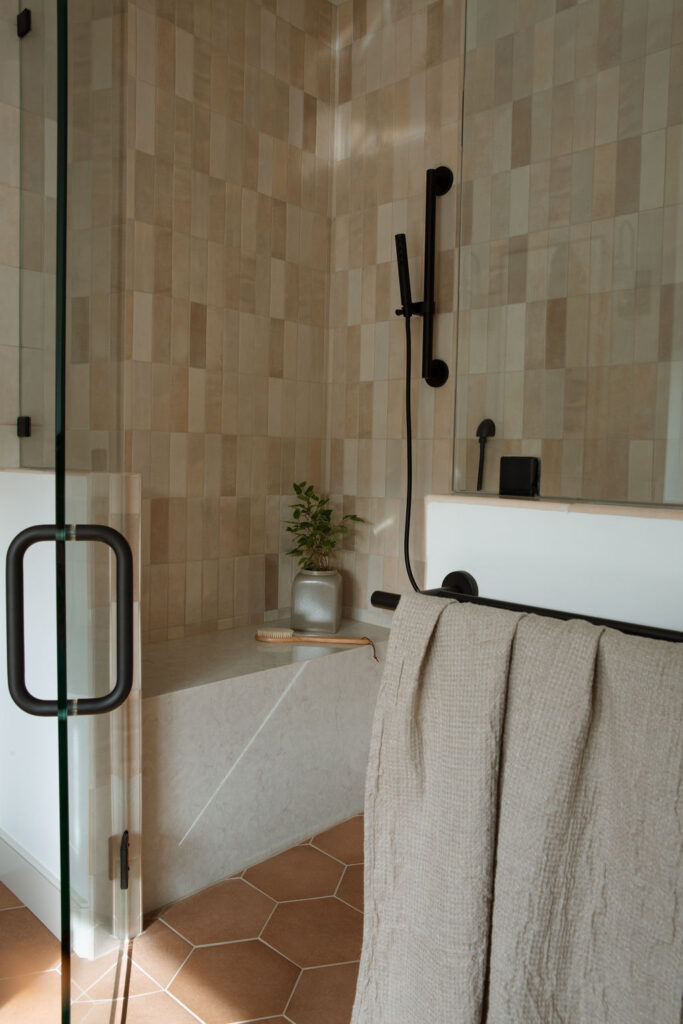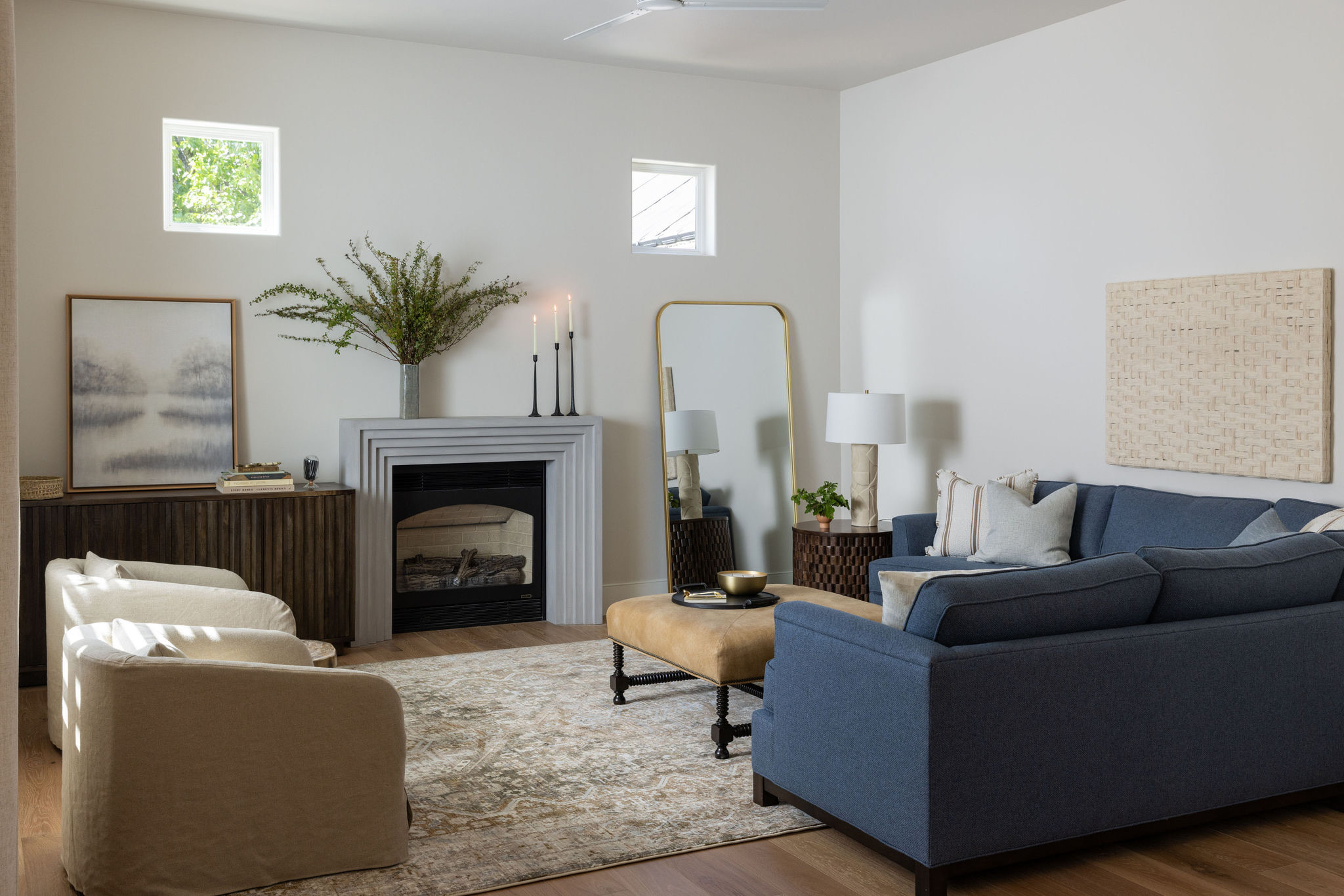At its core, a home is much more than just four walls and a roof—it’s a reflection of our lives and the stages we go through. From the first cozy apartment to a sprawling family home and finally to a serene retirement retreat, our needs and desires evolve over time. A home must adapt to these changes, ensuring it remains a comfortable and functional sanctuary throughout the various chapters of life. Here’s how to thoughtfully design for different life stages and make your home a perfect fit for wherever you are on your journey.
The Early Years: Setting Up Your First Home
Starting out, your home is often a blank slate—a place to express your personal style and create a space that suits your unique lifestyle. This stage is characterized by flexibility and experimentation. What fun and carefree years those were! Here are some design tips for young professionals and new couples:
- Functional Furniture: Invest in multi-purpose furniture like a sofa bed or a dining table that doubles as a workspace. Flexibility is key in smaller spaces.
- Personal Touches: Incorporate pieces that reflect your personality—eclectic artwork, hand me down pieces and DIY projects can make the space truly yours.
- Future-Proofing: While you might be focused on immediate needs, consider investing in quality basics, when you can, that will serve you well into the future. Classic designs and durable materials will adapt better to changing tastes.
Growing Families: Adapting for Expansion
As families grow, so do their needs. A home must evolve to accommodate the hustle and bustle of family life. Here’s how to design for this dynamic stage:
- Smart Layouts: Create open, flowing spaces where families can gather and interact. Incorporate zones for different activities—like play areas for kids and quiet corners for adults. We all know that the ability to retreat is important!
- Storage Solutions: With more people comes more stuff. Invest in built-in storage options, like shelving and cabinets, to keep things organized and clutter-free. I always use hidden storage, so a piece of furniture that looks nice and normal on the outside (doesn’t scream kid!) but you can hide their things on the inside!
- Durability and Comfort: Comfortable, durable materials will stand up to daily wear and tear. Performance fabrics and stain resistant products are our favorite for grown families. It is so forgiving!

Photography by Nicole Dianne
Empty Nesters: Embracing a New Phase
When the children leave for college or start their own lives, the family home often feels different. This is a great opportunity to reinvent your space:
- Reimagining Spaces: Convert former kids’ rooms into guest rooms, home offices, or hobby spaces. This can be a chance to focus on personal interests and needs.
- Downsizing: Consider the benefits of scaling down to a more manageable space. This can mean a smaller home with less maintenance or a property with features suited to a more relaxed lifestyle.
- Luxury and Comfort: Invest in high-quality finishes and furnishings. This is the perfect time to splurge on comfort and style, making your home a true sanctuary.
Retirement: Designing for Ease and Accessibility
In retirement, the focus often shifts to ease of living and accessibility. Designing a home for this stage means prioritizing comfort and simplicity:
- Single-Level Living: Opt for homes with no stairs and wider hallways. Accessibility is crucial for long-term comfort.

Photography by Whitney Dianne
- Low Maintenance: Choose materials and finishes that require minimal upkeep. Think about features like easy-to-clean surfaces and automated systems.
- Adaptable Spaces: Design with flexibility in mind, such as adjustable lighting and modular furniture that can be reconfigured as needed.

Photography by Whitney Dianne
Future-Proofing for All Life Stages
While each stage has its unique needs, certain design principles can be applied universally to ensure your home remains adaptable:
- Timeless Design: Incorporate timeless elements that can evolve with your tastes. Classic styles with a modern twist offer long-lasting appeal.
- Quality over Quantity: Invest in high-quality pieces that will endure changes in your lifestyle and preferences. This ensures that your home remains a cherished space for years to come.
- Sustainability: Embrace eco-friendly practices and materials. Sustainable design not only benefits the environment but also promotes healthier living, If you buy investment pieces, the possibility of them ending up in a landfill later is not as likely.
Designing a home that evolves with your life stages requires thoughtful planning and foresight. By anticipating future needs and integrating adaptable features, you create a space that truly supports and enriches your life’s journey. At our design firm, we’re dedicated to helping you create a home that not only meets your current needs but also gracefully transitions as your life changes. Whether you’re starting fresh, growing your family, or embracing retirement, we’re here to guide you every step of the way.
We were named an interior design expert in a Redfin article! Check it out here Boomer vs.Gen X Home Design | Redfin (Parent company of ApartmentGuide and Rent.)
